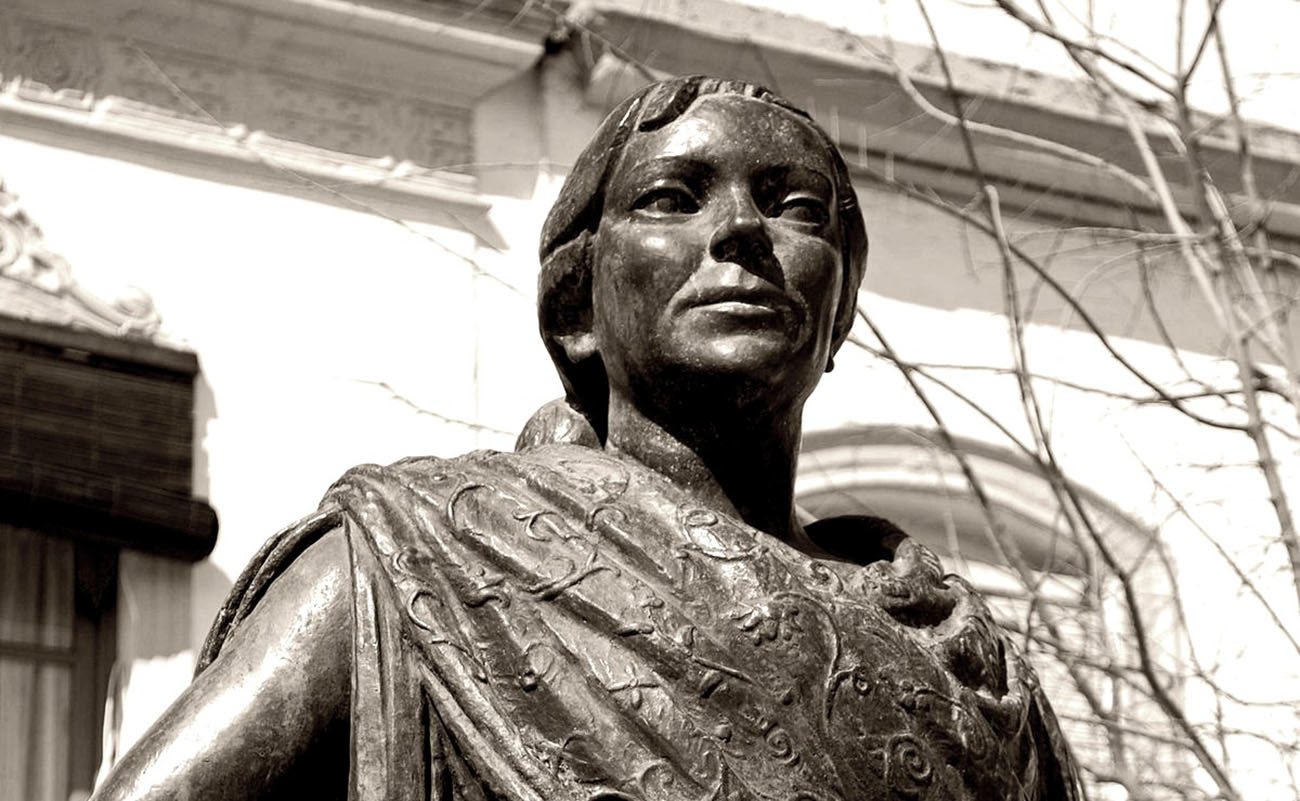Grandpa and a historical fact
-Grandpa, let’s get this thing straight or we’ll have to get out of Spain. Are people aware of the role of Gypsies in the Andalusian art form known as flamenco, or aren’t they? I’m asking you this on account of this controversy about who created the arte jondo. -Manolito, what’s being asked by those Gypsy intellectuals (some of them very enlightened) is

-Grandpa, let’s get this thing straight or we’ll have to get out of Spain. Are people aware of the role of Gypsies in the Andalusian art form known as flamenco, or aren’t they? I’m asking you this on account of this controversy about who created the arte jondo.
-Manolito, what’s being asked by those Gypsy intellectuals (some of them very enlightened) is the recognition of the contribution of Andalusian Gypsies to flamenco, that is, the Andalusian art. It’s something I don’t quite understand, because if they’re Andalusian themselves and they have contributed something as valuable to their own land, I don’t get why there’s a need for such recognition. Anyway, we’re all for it, because they have contributed a lot, there’s no question about it. Non-Gypsies too, from Silverio and Currito de la Jeroma to Morente and Paco de Lucía. Not only from Andalusia, by the way, but also from Extremadura, let’s not forget this, from Porrina and Fregenal to La Caíta and Miguel de Tena. There’s also Madrid, with Ramón Montoya and Angelillo, to name just two, or Barcelona, with Carmen Amaya and Mayte Martín.
-Grandpa, what about a joint recognition, with the Junta acknowledging to role of all Spaniards in flamenco?
-Sure, that too. Yet, if I had to credit the Gypsy people for anything in particular, regarding flamenco, it would be for the fact that they have been devoted to this Andalusian art for over two centuries, as performers, taking care of it and preserving its essence, rather than crediting them with the creation of flamenco, because this is not easy to prove. At any event, we can say that they created a particular way to sing, dance and play the guitar, instead of saying they created all of flamenco.
-But grandpa, don’t you think that everyone already knows that, the fact that Gypsies were instrumental in the creation of flamenco?
-Yes, everyone knows that, and all over the world, not just in Spain.
-So?
-Manolito, this year is the 50th anniversary of an historical fact which we’ll mention here, in case those intellectuals asking for that recognition forget about it. This year we celebrate that half a century ago, for the first time in history, a monument honoring a flamenco cantaora, Niña de los Peines, was made. When she was still alive, actually. That was something that had never happened before, if my frail memory doesn’t fail me. That is, a bronze monument was made to honor a woman, cantaora and Gypsy. Why don’t we talk about this instead of arguing about who created pellizco, compás and enjundia?
-Pastora never found out about her monument, right?
-No, at that time she had already lost touch with reality and never found out. Days later, her daughter and La Rubia, Pepe Pinto’s little sister, were taken to see the monument, and when the little girl saw it, she asked “who was Niña de los Peines?”
-Why was the Golden Key of Cante never awarded to Pastora, if she was the best?
-That’s a question you should ask Ricardo Molina and Antonio Mairena, but both have passed away.
-Do tell, grandpa.
-No, maybe another day.
Translated by P. Young




